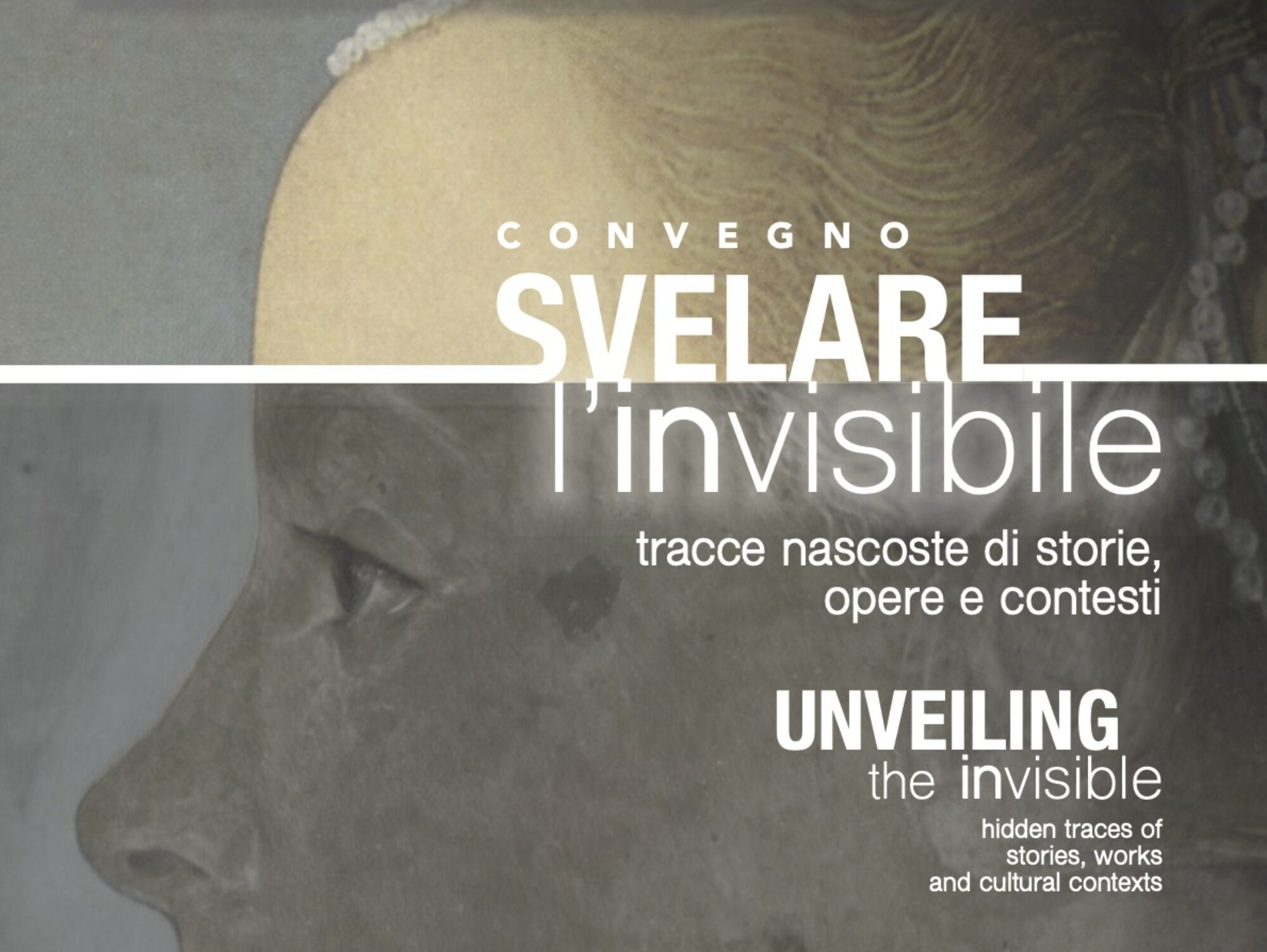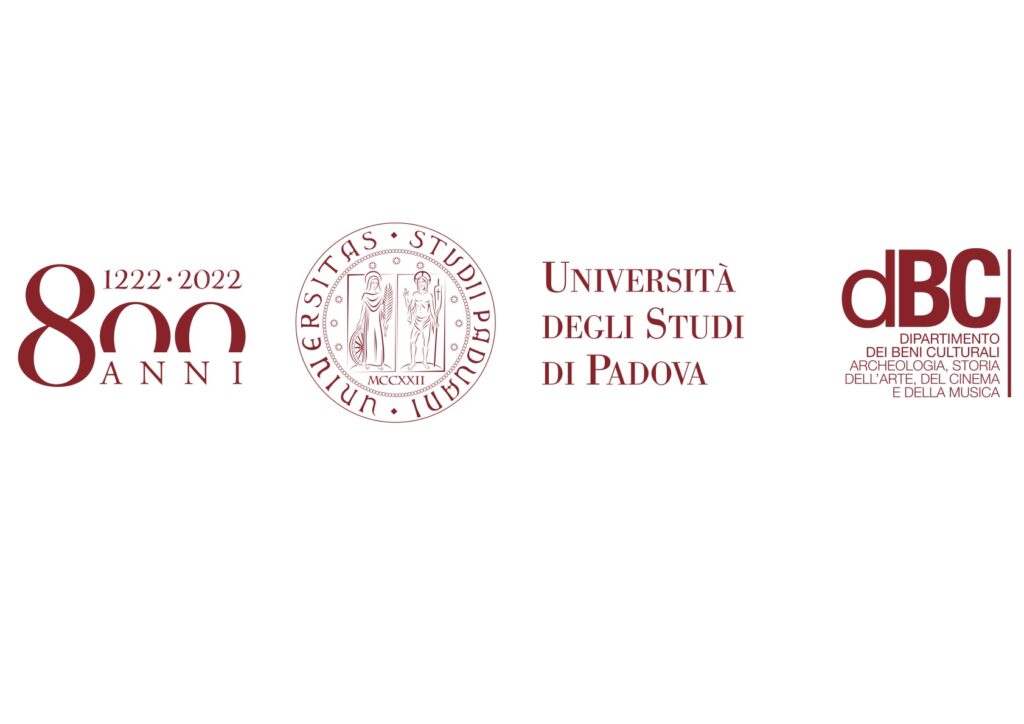Returning to knowledge: representations and reconstructions of invisible realities
Rachele Angela Bernardello (Università degli Studi di Padova)
Soft Boundaries. Techniques and methodologies to represent hypothesis about the cultural heritage.
The concept of digitalization is nowadays a foundation in historical, architectural, and engineering research, that aim at enhancing and preserving the Cultural Heritage. Moreover, the digital approach becomes a tool for study among scholars themselves and for communication towards the final public. Developing on a digital basis the use of cutting-edge tools, effective working methods, multidisciplinary teamwork, and an efficient management of large data amounts allows to promote the facility knowledge and ensure the best conditions for public participation. A central role is played by the graphic-expressive power of the final product. This is link to the quality of images and other fixed and multimedia outputs, but above to the invention and management of complex spatial structures that allow to represent the tangible and the immaterial. In the study of the historical transformations of the built asset, it becomes essential to define techniques and methodologies able to describe – and therefore communicate – what “no longer exists”, establishing a correct degree of hypothesis documented in the research phase. Then, the classification of Soft Boundaries in the multimedia information outputs determines objects that are an understandable and clear limit, that don’t exclude the global understanding of the transformation and of the hypotheses concept of the built heritage. The aim, therefore, is to implement a shared knowledge of architectural and engineering assets. through the phases of a BIM based digital workflow that includes: the survey (on-site testing and digital survey laser-scanner, photogrammetric), BIM modeling, data storage interoperable information management. The IT tools allow an immediate visualization and interaction with the existing forms and structures in the virtual space, conveying the academic experience towards the public.
Marco Argentina (Università degli Studi di Padova)
Decrypting signs to restore dance
To date there is a total absence of critical choreographic editions. In contrast, there are numerous staged choreographic reconstructions with philological intent of ballets created before the appearance and use of the cinematograph. Some of these reconstructions are accompanied by printed publications of the solutions adopted. In such publications, however, the reasons underlying the choices made for the reconstruction are not scientifically substantiated, and, moreover, this modus operandi means that every other study of the choreography in question must start from scratch each time. Exacerbating, then, greatly the gap in the field of dance philology is the considerable illiteracy of dance professionals and scholars regarding manuscript choreographic scores, that is, the witnesses who transcribe, on the page, the works of past choreographers by means of signs that are not always systematized. The present contribution aims to fill the reported gap by presenting the realization of a model of a critical edition for the dance performance, specifically by bringing to light Le Réveil de Flore, a classical ballet created by Marius Petipa in 1894 to music by Riccardo Drigo and which remained “invisible” to the scenes for decades. Of the French master’s “original” score to this day traces remain only on paper, that is, through the symbols of Stepanov notation, a system of dance writing used at the turn of the nineteenth and twentieth centuries to record ballets produced at the Russian Imperial Theaters and known today only to very few scholars in the world. The objective of the study proposed here is, therefore, to unveil the creation of the Marseille maître de ballet (put in relation to the music of the Paduan composer) through the decryption of such “hidden traces,” as well as to expose and problematize the methodological choices that distinguish this pioneering work of critical edition from those of secular literary and musical ecdotal traditions.
Chiara Casarin (Università degli Studi di Padova)
Defining the stylistic, formal, and aesthetic conception of Tartini’s violin concertos: an opportunity to reconsider Dounias?
The fame of Giuseppe Tartini, one of the most eclectic personalities in the eighteenth-century European music scene, is linked, on the one hand, to his extensive instrumental output and, on the other, to the intense didactic mission that earned him the epithet Maestro delle Nazioni (Master of the Nations). Tartini’s compositional activity mainly revolves around a single instrument, the violin, and a limited number of music genres. Among the genres experimented, however, the solo concerto holds a privileged position partly because of the great favor enjoyed by this form in the Eighteenth century. Despite its considerable fortune, current musicological knowledge about the concerto with solo instrument – marked by extreme variety in terms of score type, instrumental ensemble, combination of sound forces, form, and style – is fragmentary. The paper aims to reconstruct and contextualize, from a theoretical and musical point of view, the stylistic and formal conception of Tartini’s concerto, a trace “hidden” and neglected by historiography. Philological investigations help clarify how Tartini reworked elements from the earlier tradition to define a musical expression that appeared to his contemporaries as original and unique. On the aesthetic level, this approach leads to clarifying the connections between the formal and poetic concepts shaped by the composer and the larger framework of ‘enlightened’ sensibility. A better insight into the peculiarities of Tartini’s output allows us to discuss – almost a century later – Minos Dounias’ approach to the chronology, its achievements, and its limits.

